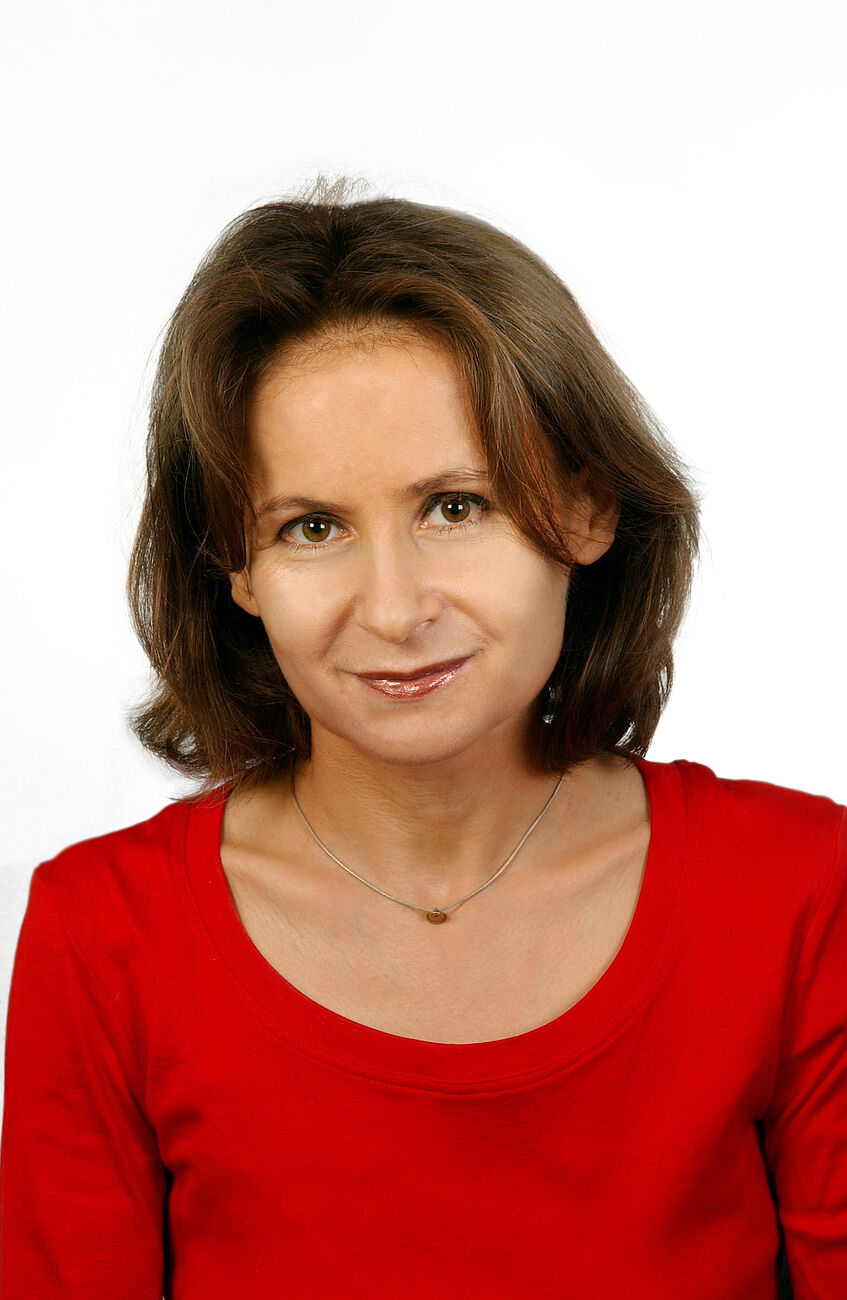
© private
Prof. Dr. Sybille Steinbacher
Professor of Holocaust Studies at the Goethe University Frankfurt/Main and Director of the Fritz Bauer Institute for the History and Impact of the Holocaust
Sybille Steinbacher is professor of Holocaust Studies at the Goethe University Frankurt am Main and director of the Fritz Bauer Institute for the History and Impact of the Holocaust. From 2010 to 2017 she was professor of contemporary history at the University of Vienna. In 2012/13, she was a Senior Fellow at the United States Holocaust Memorial Museum in Washington D.C. Her numerous publications include Auschwitz. Geschichte und Nachgeschichte (42017), Wie der Sex nach Deutschland kam. Der Kampf um Sittlichkeit und Anstand in der frühen Bundesrepublik (2011), „Musterstadt Auschwitz“. Germanisierungspolitik und Judenmord in Ostoberschlesien (2000), Dachau. Die Stadt und das Konzentrationslager in der NS-Zeit. Die Untersuchung einer Nachbarschaft (21994).
Abstract
1938: German and Austrian Antisemitism and Preparation for an All-Out War
Very soon after Austria’s annexation in March 1938, Hitler turned his attention to Czechoslovakia—he intended to also incorporate the Sudetenland into the German Reich. The so-called Sudeten-crisis quickly brought Europe to the edge of war, preparations for a major military conflict already being underway in a number of countries. Hitler banked unrestrainedly on escalating his policy of escalation. Very openly, he was focused on the violent takeover of East Europe. After Austria’s “Anschluss,” the Nazi regime’s anti-Jewish measures intensified rapidly, with Jews now being handed over to rampant violence. While systematic murder was not yet an agreed-on aim, it was clear that in the future there would be no place for Jews in the German Reich and annexed Austria. In that context, in the summer of 1938 the approach to be taken to Jewish refugees became a central international question. November, with its coordinated pogroms in the German Reich, was just around the corner. To all appearances, whether to intensify or suppress anti-Jewish violence in the last year of peace was a question tied to expansion-centered interests. As two policy strands, conquest and antisemitism, although hardly brought together in the historiography, need to be focused on as interdependent phenomena. One significant dimension of this is the attitude of the European Powers to the Nazi persecution. A second dimension involves attitudes within the Nazi populace (the “Volk-community”), and a third the perspective of persecuted Jews.
Programme: Keynote 4, Thursday, 6 September 2018, 10:30-12:00
Programme: Chair Panel 9, Thursday, 6 September 2018, 17:30-19:00